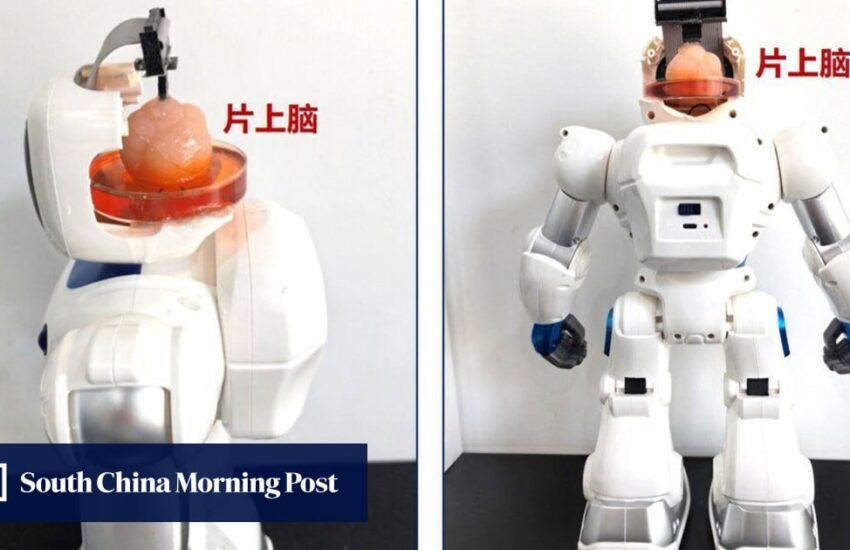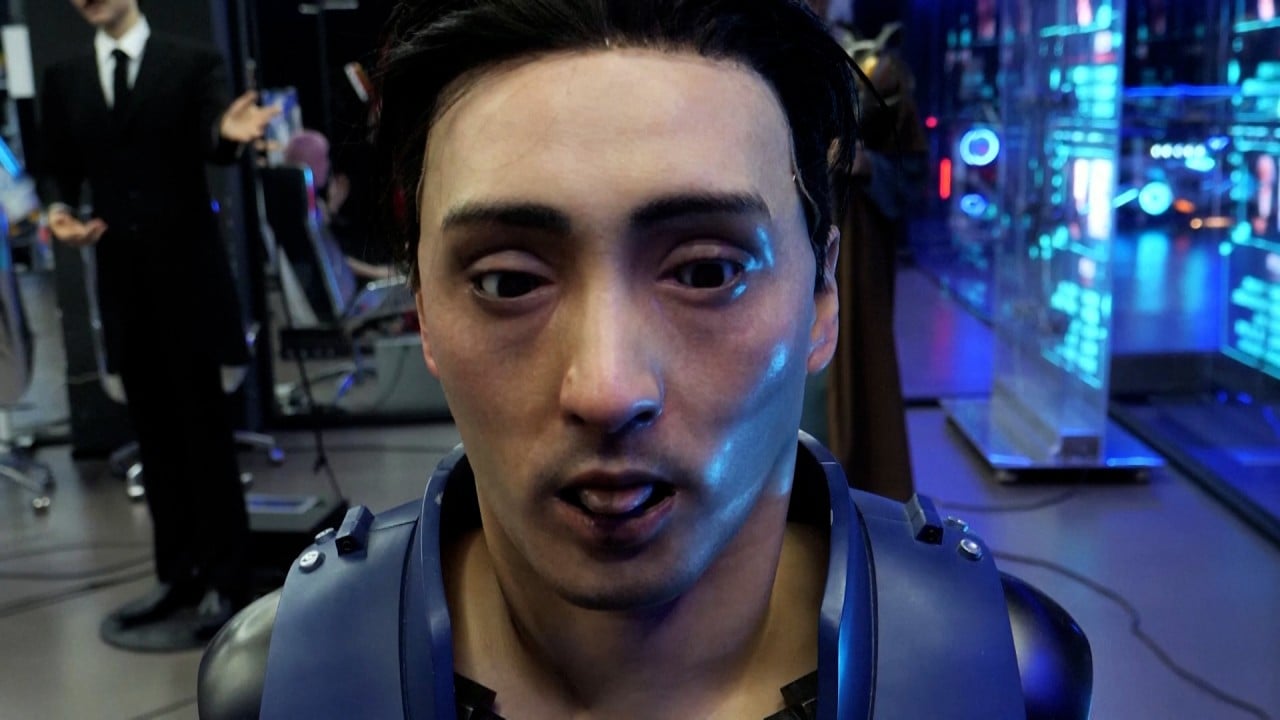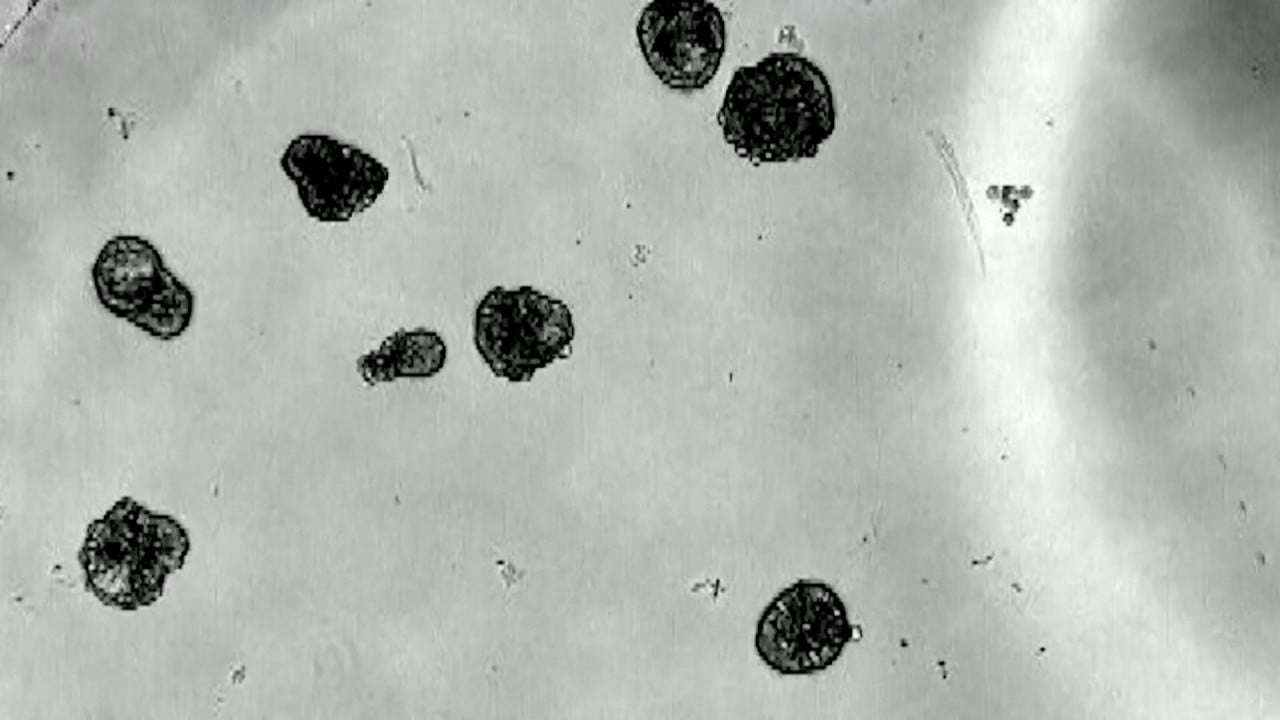It is “the world’s first open-source brain-on-chip intelligent complex information interaction system” and could lead to the development of brain-like computing, according to Tianjin University.
“[This] is a technology that uses an in-vitro cultured ‘brain’ – such as brain organoids – coupled with an electrode chip to form a brain-on-chip,” which encodes and decodes stimulation feedback, Ming Dong, vice-president of Tianjin University, told state-owned Science and Technology Daily on Tuesday.
BCI technology has gained widespread attention due to the Elon Musk-backed Neuralink, an implantable interface designed to let patients control devices with only their thoughts.
Tianjin University now says its research could lead to the development of hybrid human-robot intelligence.
Brain organoids are made from human pluripotent stem cells typically only found in early embryos that can develop into different kinds of tissues, including neural tissues.
When grafted into the brain, they can establish functional connections with the host brain, the Tianjin University team wrote in an unedited manuscript published in the peer-reviewed Oxford University Press journal Brain last month.
“The transplant of human brain organoids into living brains is a novel method for advancing organoid development and function. Organoid grafts have a host-derived functional vasculature system and exhibit advanced maturation,” the team wrote.
Li Xiaohong, a professor at Tianjin University, told Science and Technology Daily that while brain organoids were regarded as the most promising model of basic intelligence, the technology still faced “bottlenecks such as low developmental maturity and insufficient nutrient supply”.
In the paper, the team said it had developed a technique to use low-intensity ultrasound, which could help organoids better integrate and grow within the brain.
The team found that when grafts were treated with low-intensity ultrasound, it improved the differentiation of organoid cells into neurons and helped improve the networks it formed with the host brain.
The technique could also lead to new treatments to treat neurodevelopmental disorders and repair damage to the cerebral cortex, the paper said.
“Brain organoid transplants are considered a promising strategy for restoring brain function by replacing lost neurons and reconstructing neural circuits,” the team wrote.
The team found that using low-intensity ultrasound on implanted brain organoids could ameliorate neuropathological defects in a test on a mouse model of microcephaly – a neurodevelopmental disorder characterised by reduced brain and head size.
The university also said the team’s use of non-invasive low-intensity ultrasound treatment could help neural networks form and mature, providing a better foundation for computing.



